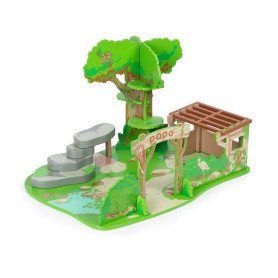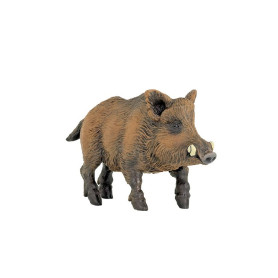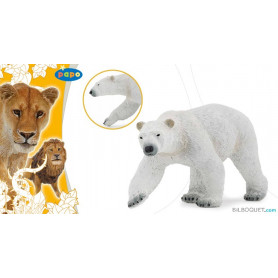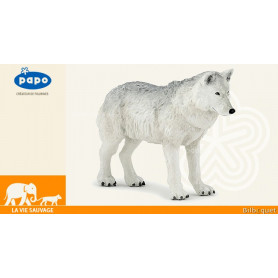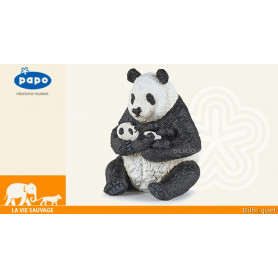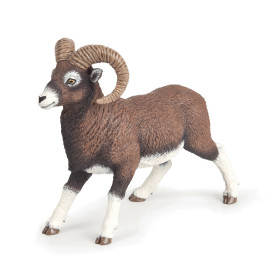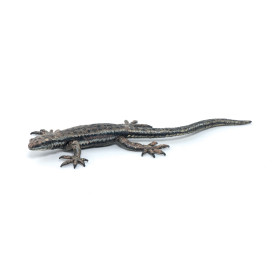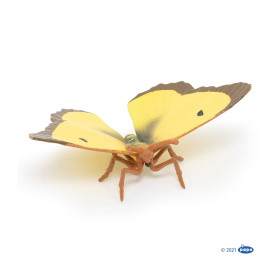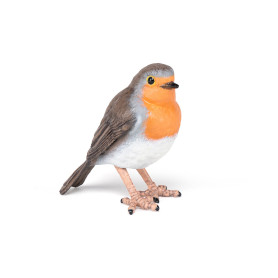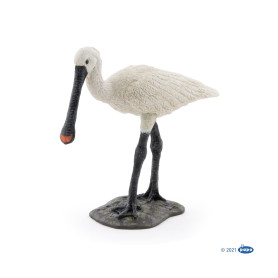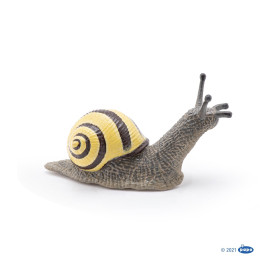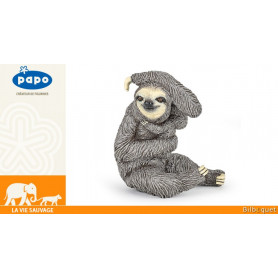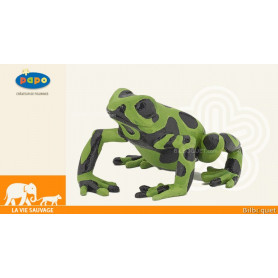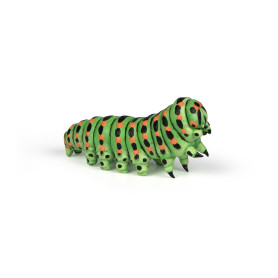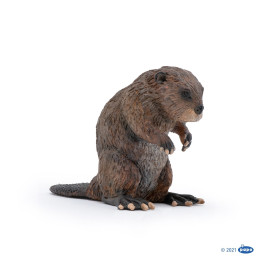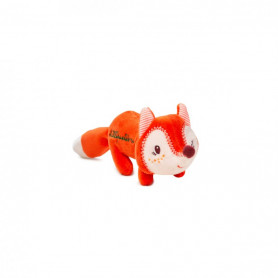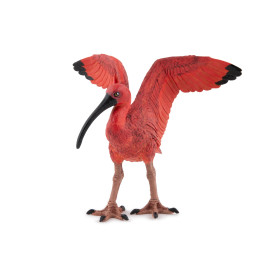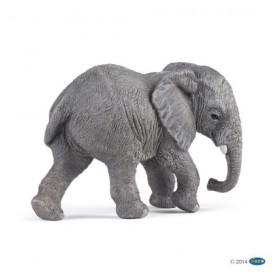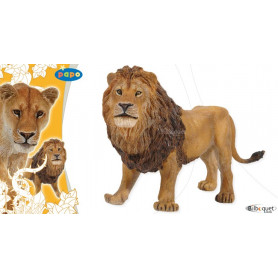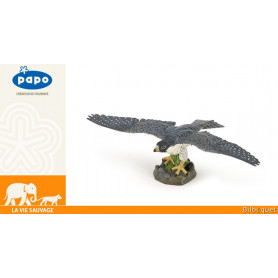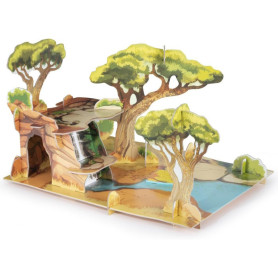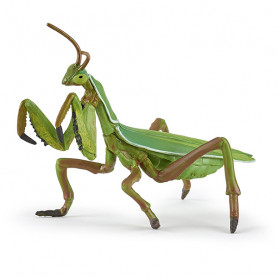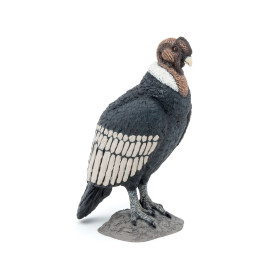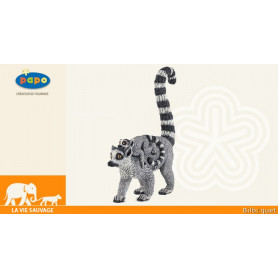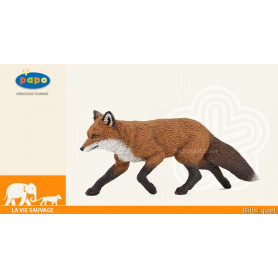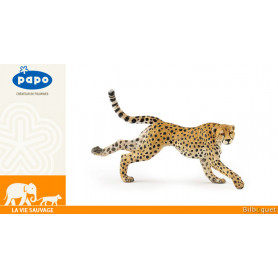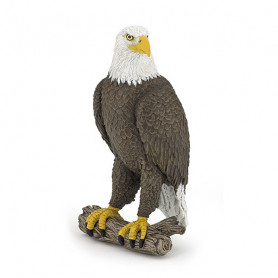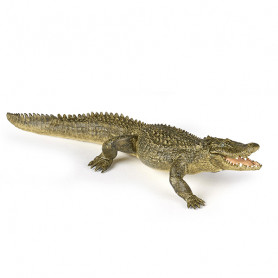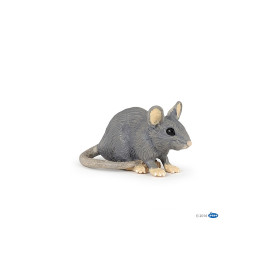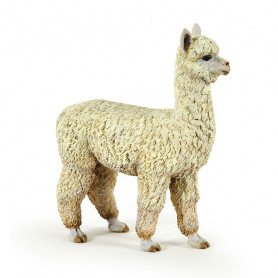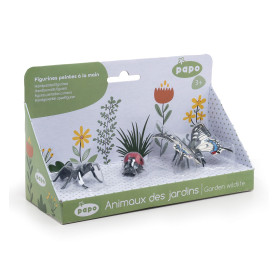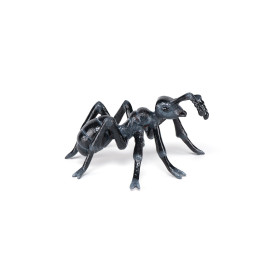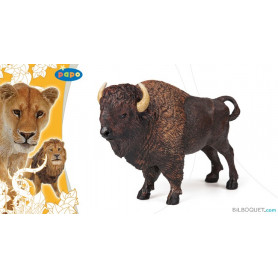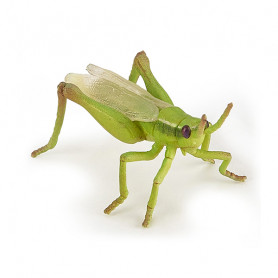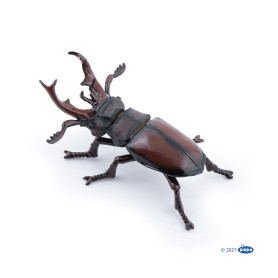Wild Animals
The Papo Spoonbill is a bird whose characteristic is to have a long, flat, black beak in the shape of a spatula or spoon widened at its end. Its beak allows it to stir the mud and filter the water to keep only what it likes. Its body has a white plumage which contrasts with the black color of its beak and its thin long legs.
The Papo forest snail is a mollusc with a head provided with tentacles bearing the eyes at their end. It likes damp places like the woods, hence its name. Its muscular foot secretes mucus to facilitate its movement and allow it all kinds of vertical acrobatics. Its beautiful yellow shell has brown streaks in the shape of a spiral allowing it camouflage in its place of life.
The caterpillar is the larva of the butterfly. Among the four stages of successive development (egg, caterpillar, chrysalis, butterfly), the caterpillar is one of the two mobile stages and the one that provides most of the animal's growth, the reproductive function being reserved for the butterfly. The development of the caterpillar requires several moults, the last of which, called pupation, marks the passage to the pupa stage, called a chrysalis in Lepidoptera.
Out of the water, the Papo beaver stands on its hind legs, which are large and wide with powerful claws but also webbing for swimming quickly. Its small front paws, also clawed, have very nimble fingers for digging. On the lookout, it leans on its paddle, a large flattened tail that serves as a fin, rudder and pendulum in the water. An excellent swimmer, he is always ready to dive.
The ant is a small wingless social insect, living in colonies in anthills
The stag beetle is the largest beetle in Europe! The males are easily recognized by their spectacular antler-shaped mandibles, which are the origin of the term "kite". After spending nearly a year underground as a larva, its life expectancy is only about 2 months.
